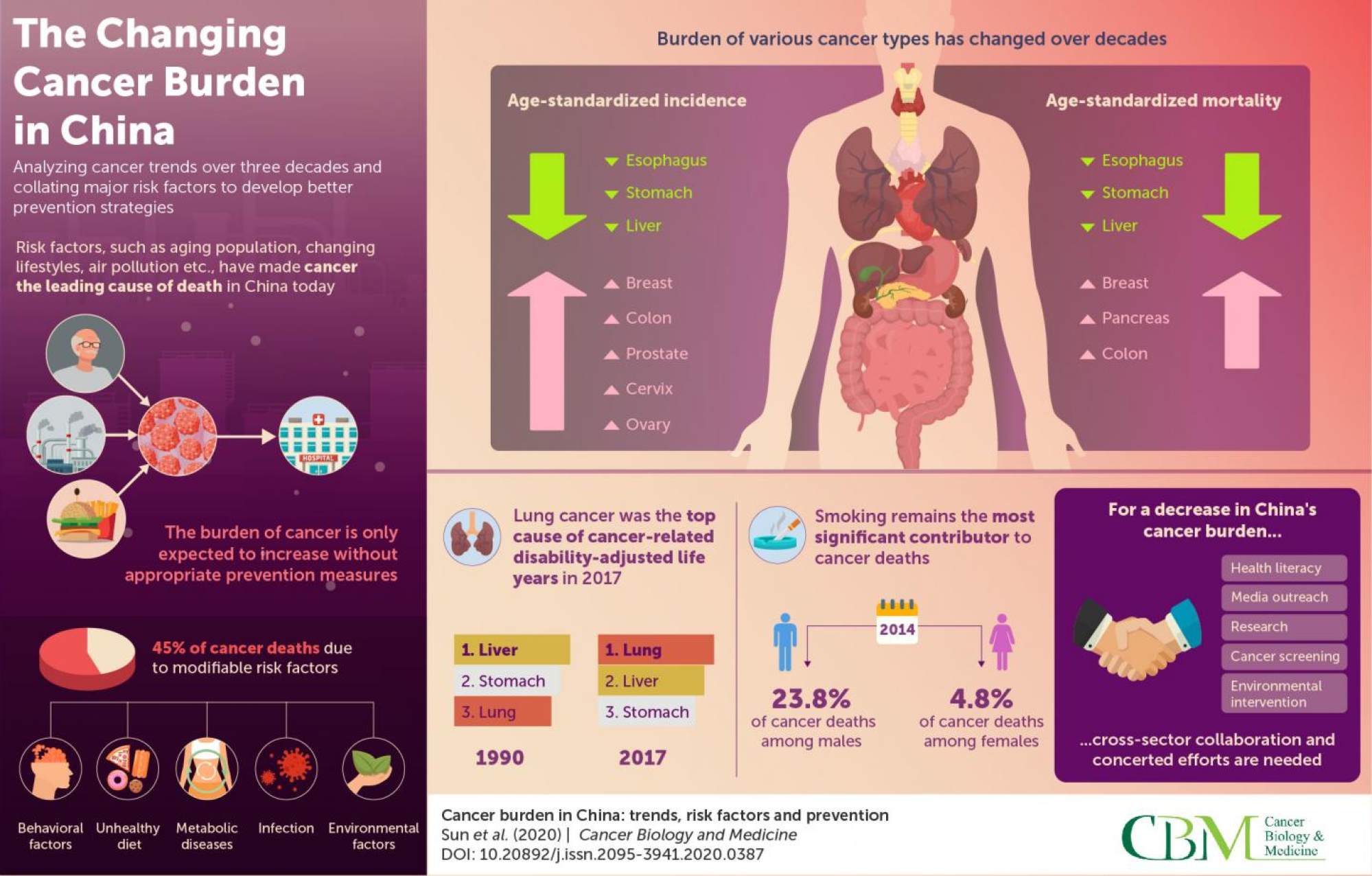
Chinese researchers hold out cancer hope with new hydrogel to kill tumours
- Calcium-infused hydrogel improves outcomes from microwave ablation of cancer cells in lab rats and rabbits, Soochow University researchers find
- Clinical trials are awaited for the treatment, which could ease the severity of side effects and curb tumour recurrence
Microwave ablation – which involves using a needle to transmit electromagnetic waves into a tumour to kill cancer cells – is widely used for treating several types of solid tumours, including those caused by pulmonary and colorectal cancer, as well as hepatocellular carcinoma, a type of liver cancer.
However, the treatment in its current form frequently causes side effects and the tumour can sometimes come back.
A newly discovered type of hydrogel, which enables the ablation to work at reduced power and concentrate the microwave heat inside the injected zone, could offer hope against the severity of side effects and tumour recurrence.
Developed by researchers at Soochow University in China’s eastern Jiangsu province, the hydrogel improved the outcome from the conventional microwave ablation treatment in lab animals, according to a recently published study in the peer-reviewed journal Science Advances.
The good news about cancer: new treatments point the way to eventual cures
Feng Liangzhu, corresponding author of the study and an assistant researcher at Soochow University, explained how microwave ablation works.
“The treatment involves placing a needle through the skin into the tumour. Microwaves are created from the needle to create a small region of heat. When the heat reaches about 60 degrees Celsius, it can kill cancer cells in five to 10 minutes,” Feng said.
However, if the shape of the tumour is irregular or it is close to large blood vessels, the traditional treatment could cause severe heat damage to normal tissues surrounding the cancerous tumour.
“So we wanted to develop a material that could direct the heat at the tumour more precisely and reduce the likely damage to the surrounding healthy tissues.”

Feng and his colleagues found that adding calcium ions into the conventional hydrogel helped improve both the efficacy and accuracy of the treatment.
The researchers combined conventional sodium alginate hydrogel with calcium ions and injected them into cancerous cells in laboratory mice. Some of the mice were then randomly picked out and subjected to microwave radiation.
“Combined with microwave ablation, [the calcium-infused hydrogel] could kill the cancer cells at the temperature of 45 degrees Celsius and enhance the effectiveness of the treatment,” Feng said.
Their study showed that the treatment could heat tumours to about 50 degrees Celsius and fully destroy them, without noticeable recurrence for up to 60 days.
Further investigation carried out on New Zealand rabbits using a combination of the injection and ablation process showed no obvious recurrence of tumours during a 120-day monitoring process, or nearly double the remission period of 64 days for rabbits treated only with the hydrogel injection.

The new hydrogel could also be used as a platform to introduce certain metal ions to prevent tumour recurrence, the study suggests.
The administration of sodium alginate hydrogel infused with calcium and manganese ions, followed by microwave ablation, showed promise in terms of inhibiting tumour metastasis and preventing recurrence, the study also found.
The hydrogel and metal ions are safe for humans, but applying for a clinical trial might take a while, Feng said.
“[The proposed treatment] has a long way to go. Our first step proves that it works in principle.”

